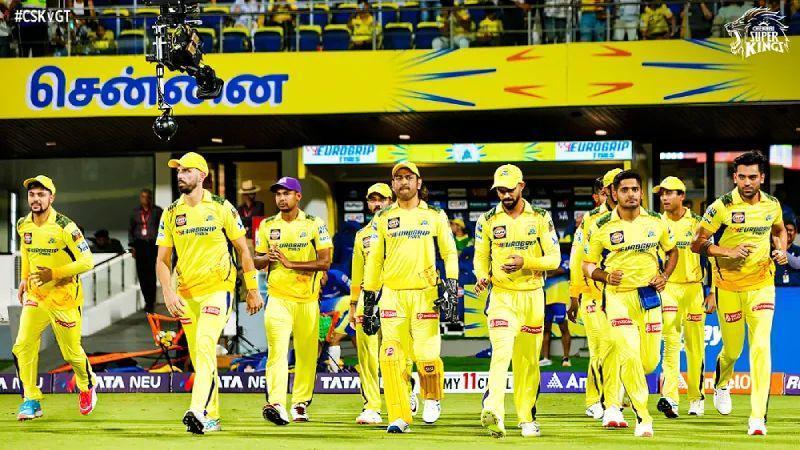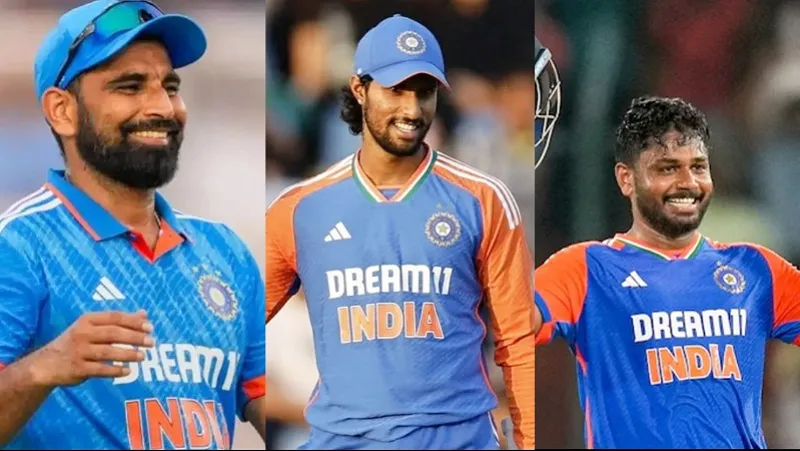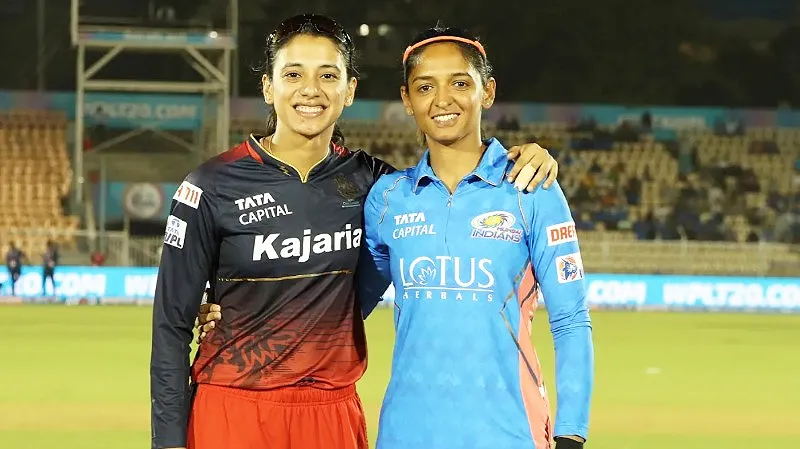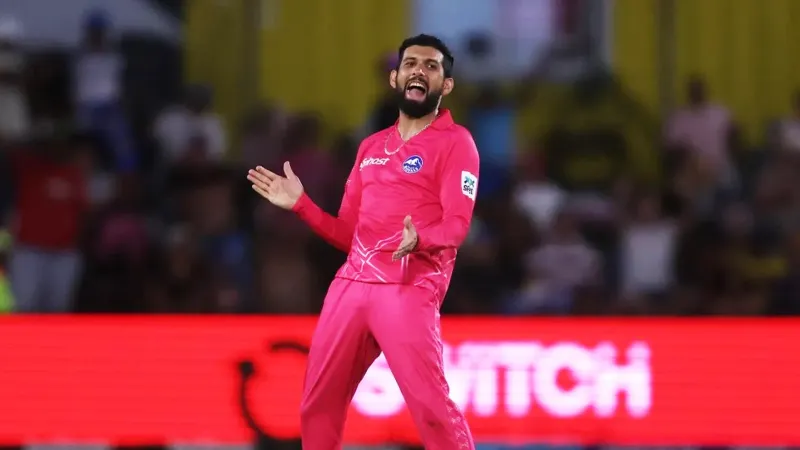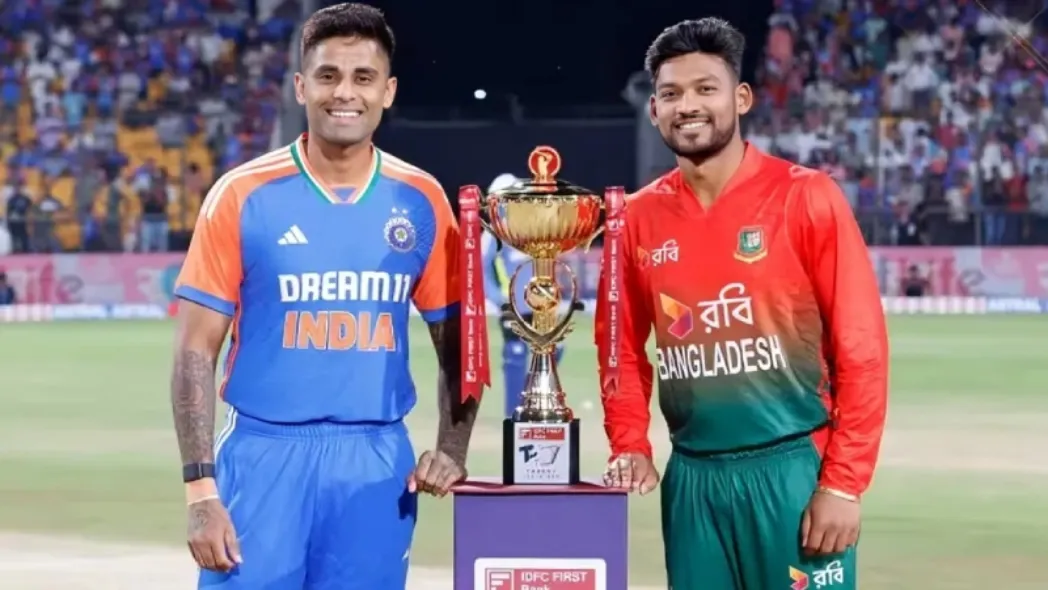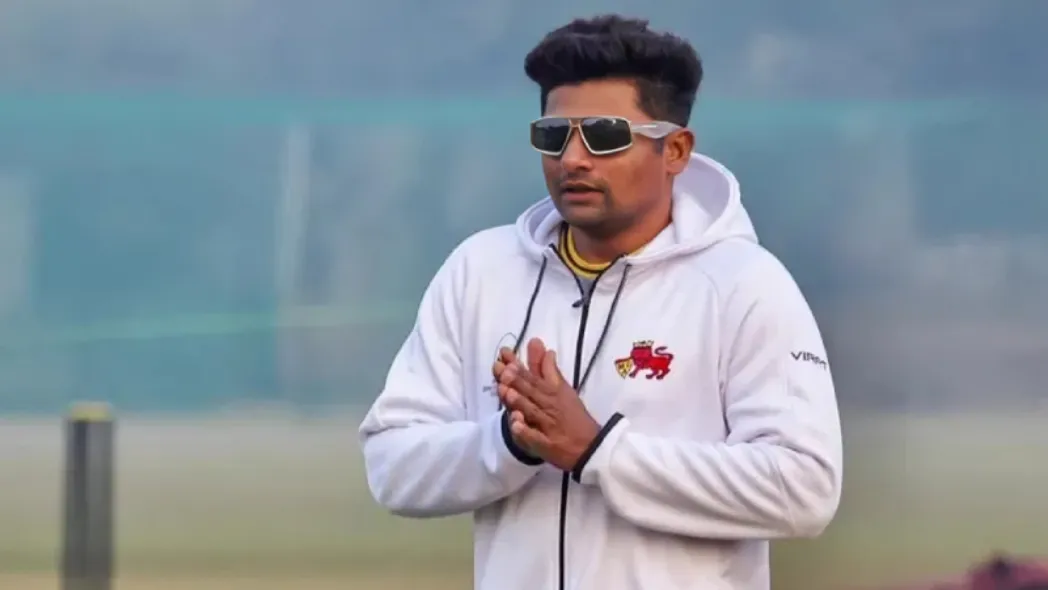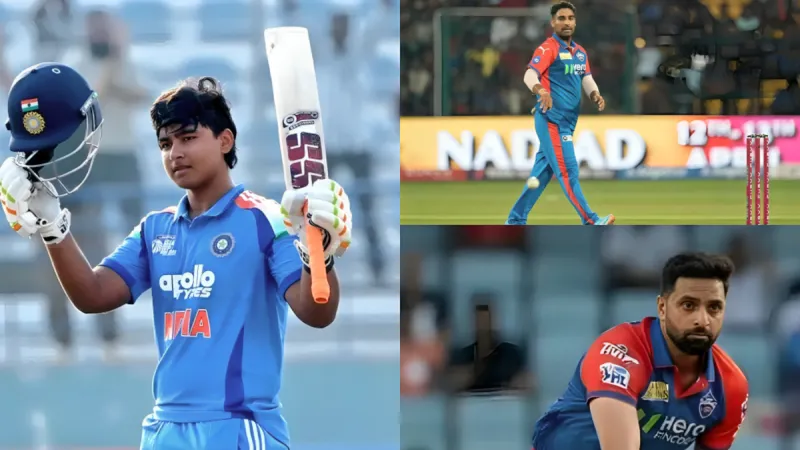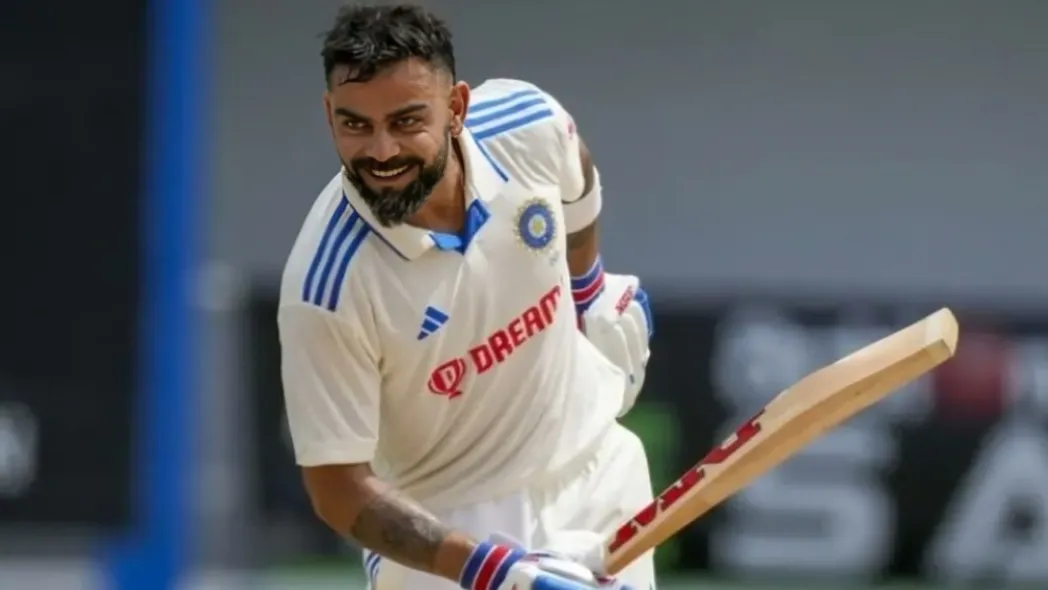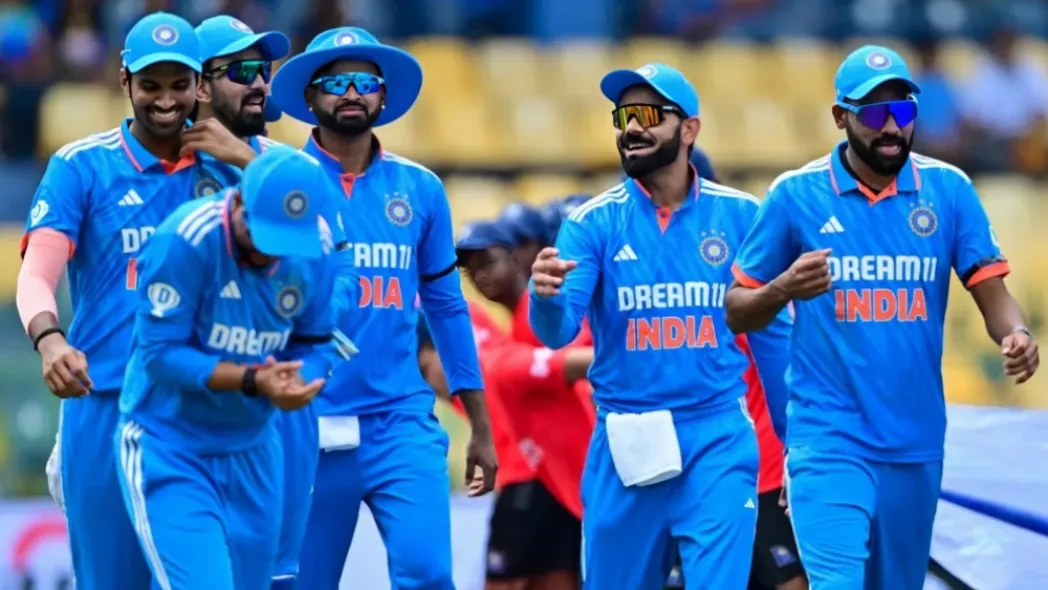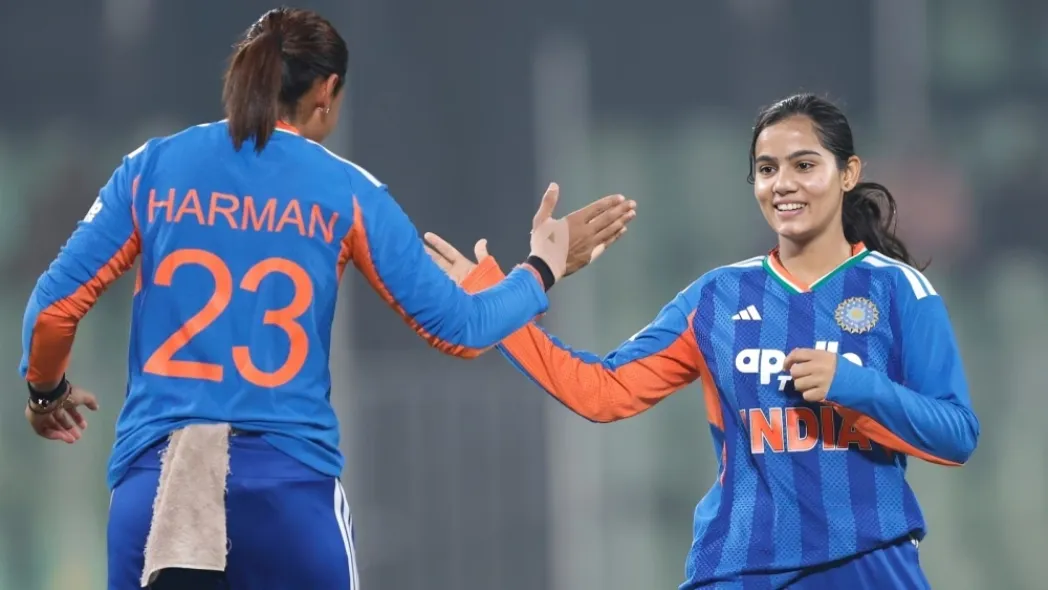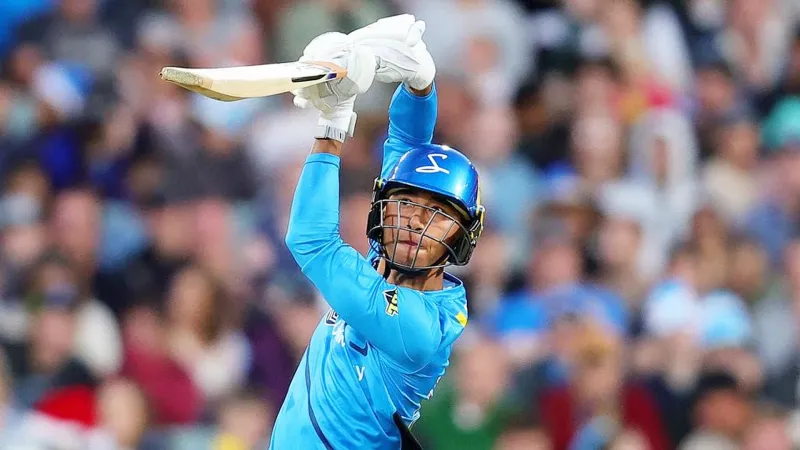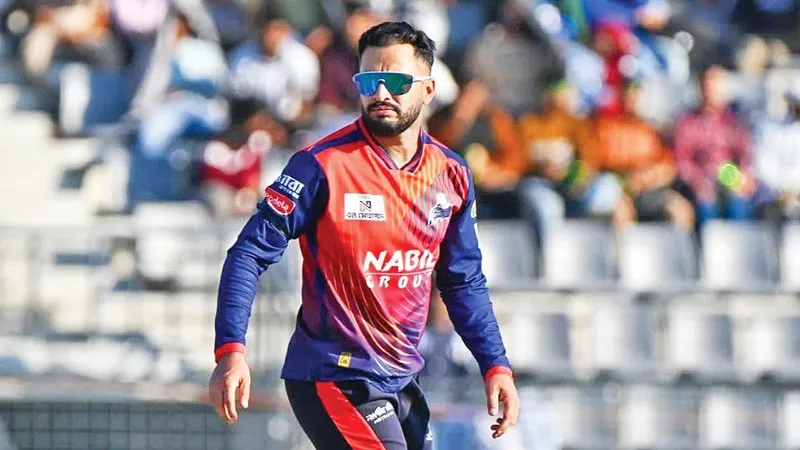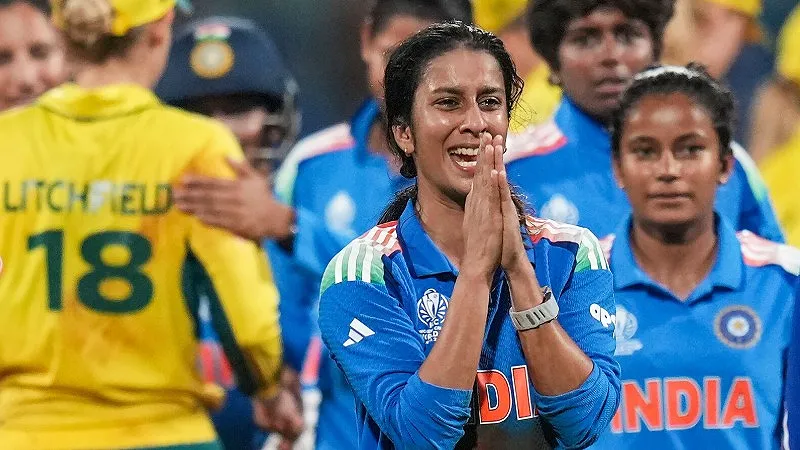The recent clash between Chennai Super Kings (CSK) and Gujarat Titans (GT) in the T20 circuit has sparked discussions among cricket enthusiasts worldwide. What stood out particularly was CSK’s unconventional decision to rely heavily on pace bowlers, a strategy that raised eyebrows but ultimately proved effective. Let’s delve deeper into the reasons behind CSK’s bold move and analyze the tactical nuances involved.
Firstly, it’s imperative to understand the context in which CSK made this strategic choice. The decision to opt for a pace heavy attack stemmed from a meticulous assessment of the playing conditions, specifically the nature of the pitch. CSK recognized that the surface at hand was conducive to fast bowling, offering little assistance to spinners. This crucial insight prompted the team management to recalibrate their bowling strategy accordingly.
In cricket, adaptability is key, and CSK demonstrated this trait by tailoring their approach to suit the prevailing conditions. The absence of a spinner from the playing eleven may have seemed unorthodox to some, but it was a calculated risk based on the team’s assessment of the pitch dynamics. By bolstering their pace arsenal, CSK aimed to exploit the pitch conditions to their advantage, neutralizing the strengths of GT’s batting lineup.
Furthermore, CSK’s decision was influenced by the formidable reputation of GT’s spinners, particularly Noor and Rashid Khan. Had CSK opted for a conventional spin heavy strategy, they risked playing into the hands of GT’s spin maestros. Recognizing this threat, CSK strategically opted for pace bowlers to counter GT’s spin dominance, thereby disrupting their game plan and gaining the upper hand in the contest.
One of the pivotal factors behind CSK’s strategy was the assessment of GT’s batting lineup and their vulnerability against pace bowling, especially during the crucial middle overs. By deploying pace bowlers strategically, CSK aimed to apply pressure on GT’s batsmen, restricting their scoring opportunities and inducing errors. This calculated approach paid dividends as CSK’s pace bowlers delivered exemplary performances, keeping the opposition batsmen on the back foot throughout the match.
Mitchell’s inclusion in the bowling attack exemplified CSK’s astute tactical acumen. Recognizing Sadashan’s proficiency against left-arm spin, CSK entrusted Mitchell with the task of stifling GT’s batting momentum during the crucial middle phase of the innings. This decision was backed by statistical evidence, highlighting Mitchell’s effectiveness in managing the middle overs, thereby underscoring the meticulous planning that went into CSK’s strategy execution.
The success of CSK’s pace-heavy strategy against GT serves as a testament to the importance of adaptability and strategic foresight in cricket. In a sport where conditions can vary significantly from one match to another, the ability to read the game and make informed decisions is paramount. CSK’s bold move not only showcased their confidence in their pace bowlers but also underscored their willingness to think outside the box and embrace innovation when required.
By leveraging their pace resources intelligently, CSK managed to outmaneuver GT and emerge victorious, reaffirming their status as a formidable force in the T20 arena. Such strategic innovations are likely to become increasingly prevalent, highlighting the ever-evolving nature of the game.
Want to stay ahead in the world of cricket? Explore our comprehensive Blog Post, insightful analysis, and the latest updates on all your favorite fixtures and more at JeetBuzz News. Don’t miss out and dive into the action now!

